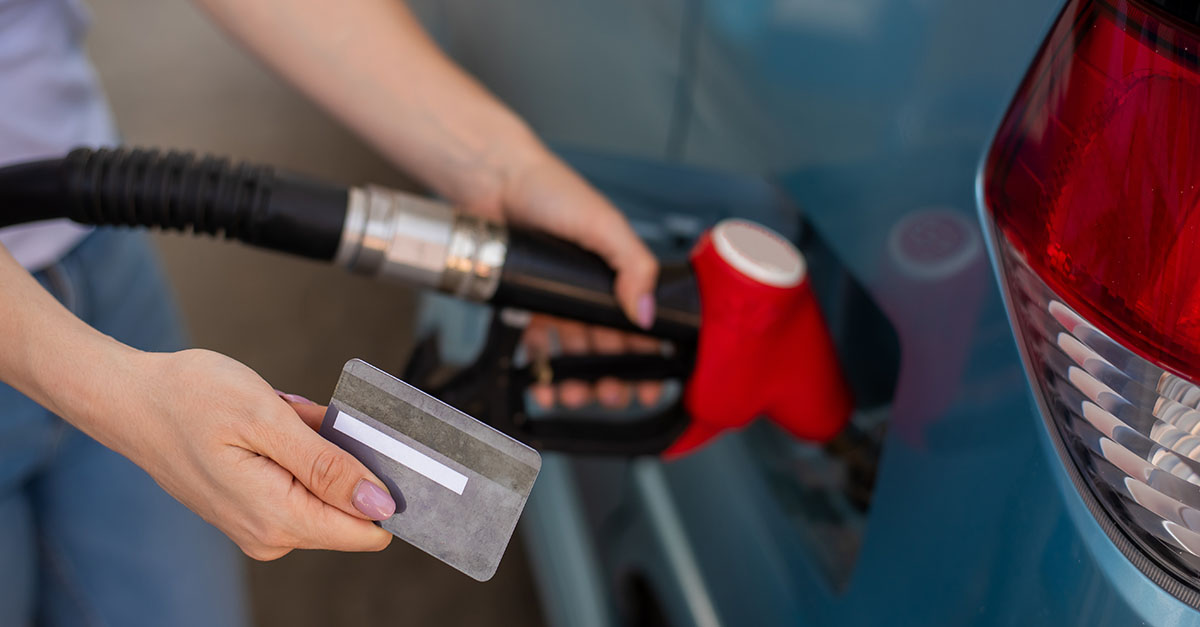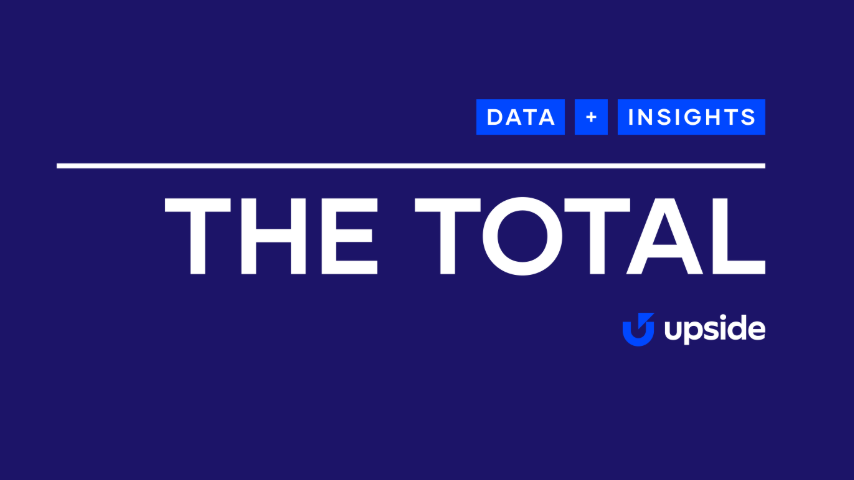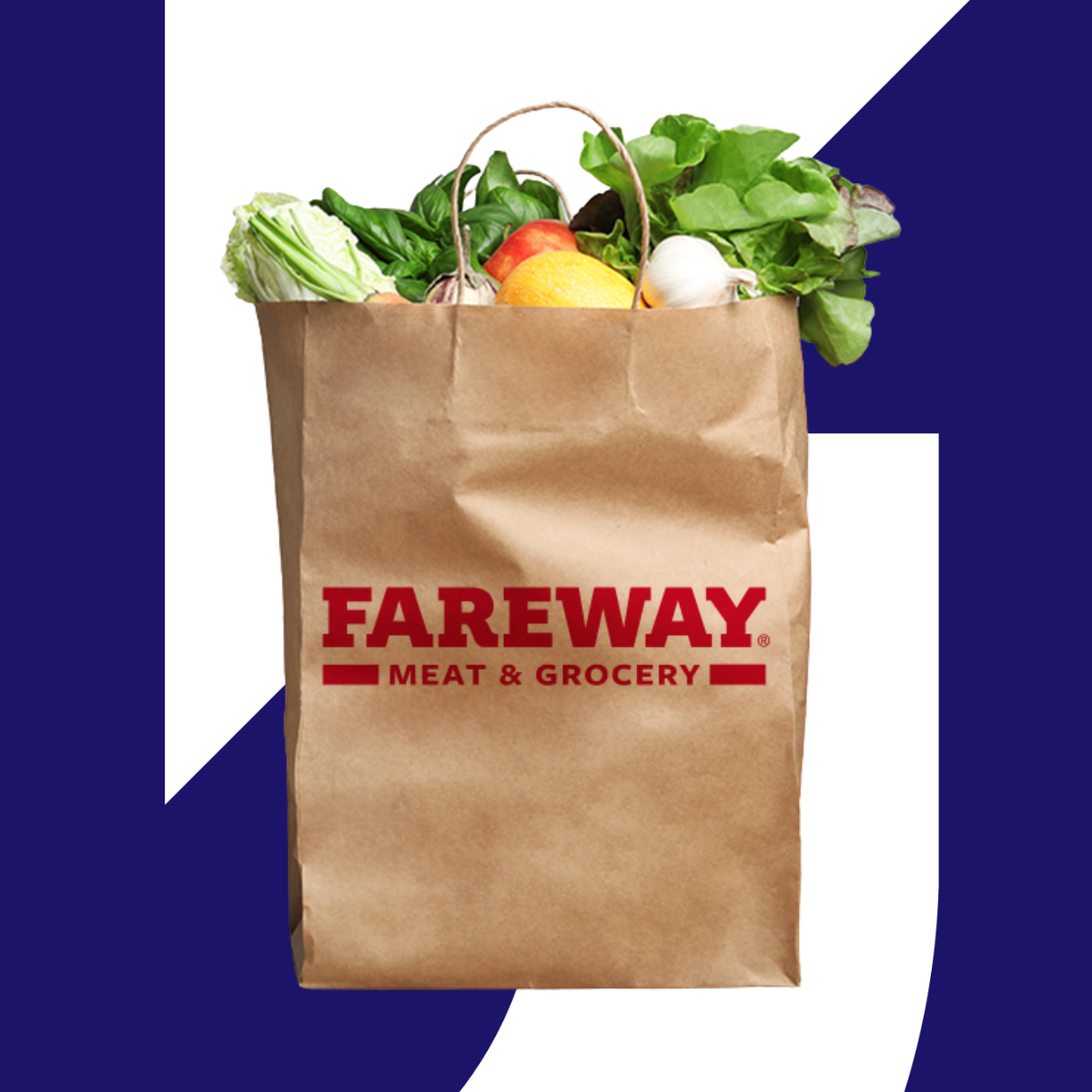Shopping trips are still up for grabs. Upside can help you capture them.
Survey data from East Texas reveals 93% of local grocery shoppers visit multiple banners monthly, and where those trips land is still up for grabs
East Texas grocery shoppers average 6 trips per month, spending $138 per trip, spread across 2 to 3 different stores. They rotate through multiple banners routinely.
The same survey respondents who visited Brookshire Brothers in the past year also shopped at Walmart (88%), Kroger (33%), and half visited "another store" just in the last month. Only 7% consider Brookshire Brothers their primary grocery destination, even though 26% participate in the Celebrate Rewards loyalty program.
This isn't a loyalty problem. It's a trip allocation reality where every visit is an open competition.
The behavior patterns matter more than the percentages
When 93% of surveyed shoppers don't identify stores as their primary destination, the instinct might be to focus on converting them into loyal, exclusive customers. But the data suggests something different: these shoppers have demonstrated willingness to return. The question isn't whether they'll ever shop again, it's which specific trips get won next month.
The recency gaps tell the fuller story. While 54% of respondents visited Brookshire Brothers locations in the past 12 months, only 38% shopped there in just the last 30 days. That 16-point gap shows trip fluidity in action. Shoppers re-allocate visits over time based on perceived value and convenience.
Loyalty program participation reinforces the multi-homing behavior: 31% enrolled in Kroger Plus, 26% in Celebrate Rewards, 21% in Walmart+. These households maintain optionality, making trip-by-trip decisions based on what feels most valuable in the moment.
The opportunity sits in that decision-making moment. Each of those 6 monthly trips represents a choice point where the next visit could land at one location or somewhere else. If 10% of those non-primary shoppers made just one additional trip per month to a regional grocer instead of a competitor, that's roughly $12,800 monthly per 1,000 shoppers.
Uncommitted shopping behavior has a price that compounds monthly
Shopper behavior evolves continuously. Without timely intervention, visits and wallet share gradually redistribute across the competitive set.
A strategic cost is less visible: digital marketplace exclusivity operates on a first-come basis within defined geographic radii. When competitors secure that territory, shoppers develop habits using apps that guide them to specific stores, and those patterns reinforce over time. Without a low-risk mechanism to test what actually changes behavior, teams spend time debating the same questions without clear answers. Meanwhile, shopper behavior keeps evolving.
A regional grocer in Texas ran a pilot that answered many of these questions directly:
- $680,000 in attributable sales over four months with $423,000 (62%) verified as incremental
- 43% ROI
- 79% visited instead of a competitor and 89% planned to return
- 59% spent more per trip than usual
That’s tangible success by just giving shoppers a little nudge through Upside’s cash-back incentives, not overly discounted promotions that reduce margin.
Remember, it’s not about convincing shoppers about the value of Brookshire Brothers, they already know. It’s making sure when they get in their cars to drive to the store, that they pick you over the competition.
Performance economics remove the traditional risk calculus
Broad programs aimed at building long-term loyalty require sustained investment before outcomes become clear, and measuring true incrementality remains challenging.
Upside's model works differently because payment is tied directly to verified, incremental transactions. Offers are personalized to individual shopping patterns, targeting the specific trips a household isn't currently making at particular stores. When someone who normally shops at Walmart switches to a regional grocer, that transaction is trackable. Retailers only pay when the behavior change happens and can be proven.
This structure aligns economics with outcomes rather than effort or reach. The platform identifies which shoppers are movable and designs offers calibrated to their switching threshold. For uncommitted shoppers who already rotate among multiple banners, the friction is low. They're already using the Upside app to guide decisions on where to fuel up and where to eat.
The survey responses from East Texas shoppers make this pattern clear:
"Using Upside often leads me to decide which store that I go to."
"I would shop ANYWHERE if they offered Upside cash back."
"I might shop more often at Brookshire Brothers if they offered cash back through Upside."
"Upside offers did make me change where I get my gasoline. I could absolutely be swayed with meaningful cash back on groceries."
Validation pathways are available at multiple tiers, from lightweight tracking to more rigorous third-party measurement, allowing teams to choose the level of proof that matches their comfort level. Setup requires minimal time investment and zero upfront cost. The program complements existing loyalty and marketing efforts rather than replacing them, so current initiatives continue running while teams gather data on incremental impact.
The path forward starts with a single decision
The East Texas survey shows uncommitted shoppers represent 93% of the local market, they're actively rotating through multiple stores, and they're open to letting cash-back offers influence where they shop.
The question isn't whether these patterns exist. The data confirms they do. The question is whether capturing those trips, one at a time, with economics tied to verified outcomes, fits into how retail teams make decisions about growth.
For retailers like Brookshire Brothers ready to test this approach in a controlled way, the mechanics are straightforward and the commitment is flexible.
If your team is interested in exploring what performance-based incrementality looks like using your own market data, Upside is ready to share more whenever you are.
Share this article:
Request a demo
Request a demo of our platform with no obligation. Our team of industry experts will reach out to learn more about your unique business needs.










.png)





